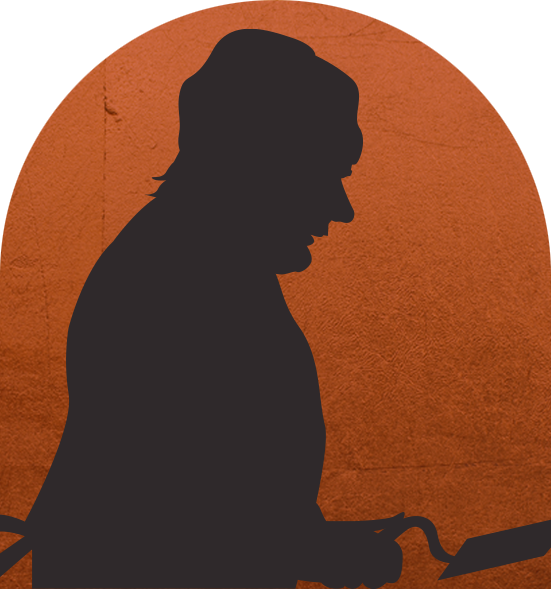St Martin Ludgate
Read the stories of four that either survived or succumbed to the flames, and how they reemerged from the ruins.

St Martin Ludgate
John Grove’s father was Master Plasterer for the Office of Works from 1660 until 1676, working on the royal palaces, public buildings and houses of the nobility. Before his death in 1676 John Grove senior’s petition to the King had been granted for his son to be Master Plasterer on reversion.
John Grove senior’s will of 1676 stated that he bequeathed all his scaffolding boards and poles to his son. To his son-in-law Mathew Banckes, Master Carpenter, he bequeathed ‘my model or draught of St Paul’s church together with all the drawings and draughts’. Wren’s design for St Paul’s was at an early stage following the Great Model of 1673 and Warrant Design of 1675. The estate also included speculative houses his father had built.
John Grove junior was one of the leading plastering contractors of the City Churches, carrying out work on 26 of the 51 City Churches constructed after the Fire.
Between 1670 and 1687 he often worked in partnership with Henry Blowes, including on the ceiling of St Martin within Ludgate which they completed in 1680. As sole contractor John Grove completed the ceiling at St Bride’s in 1679.
John lived in fashionable St James’s and in his will of 1708 referred to himself as a ‘Gentleman’ rather than a plasterer. He asked to be buried in Wren’s Piccadilly church.

Read the stories of four that either survived or succumbed to the flames, and how they reemerged from the ruins.
Keep up to date with the latest news ...